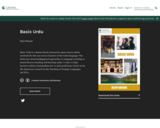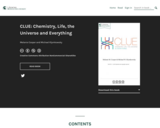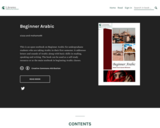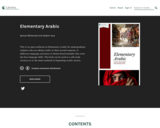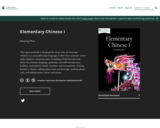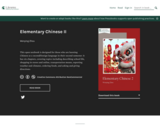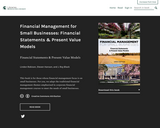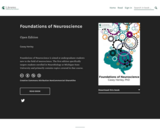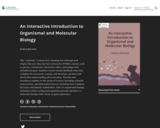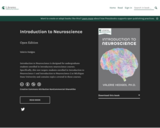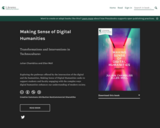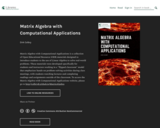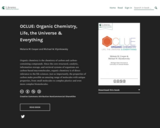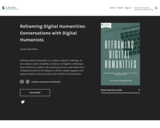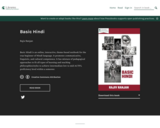
Short Description:
Basic Hindi is an online, interactive, theme-based textbook for the true beginner of Hindi language. It promotes communicative, linguistic, and cultural competence. It has mixture of pedagogical approaches to fit all types of learning and teaching philosophies/styles to achieve intermediate low to mid ACTFL proficiency level within a semester.
Long Description:
Basic Hindi is an online, interactive, and tech-enhanced textbook that promotes speaking, listening, reading, writing, and cultural skills. Each Chapter in this book has clear stated learning outcomes, a review of previous chapters, reading/listening sections, study abroad section, relevant grammatical items, and cultural notes. The pedagogical approach in the book is mixed and informed by the socio-cultural approaches and the generative approaches of the Second Language Acquisition theory. The mixed theoretical backgrounds match diverse learning and teaching philosophies and styles. Following the learning outcomes guided by American Council of Teaching Foreign Language (ACTFL), this textbook aims for the novice learners to attain intermediate low to mid-level proficiency level. The textbook incorporates pictures, audio-visual materials, and activities developed on the H5P platform to keep learners engaged.
Word Count: 40301
ISBN: 978-1-62610-105-0
(Note: This resource's metadata has been created automatically by reformatting and/or combining the information that the author initially provided as part of a bulk import process.)
- Subject:
- Arts and Humanities
- English Language Arts
- Languages
- Material Type:
- Textbook
- Provider:
- Michigan State University
- Author:
- Rajiv Ranjan
- Date Added:
- 01/01/2021

